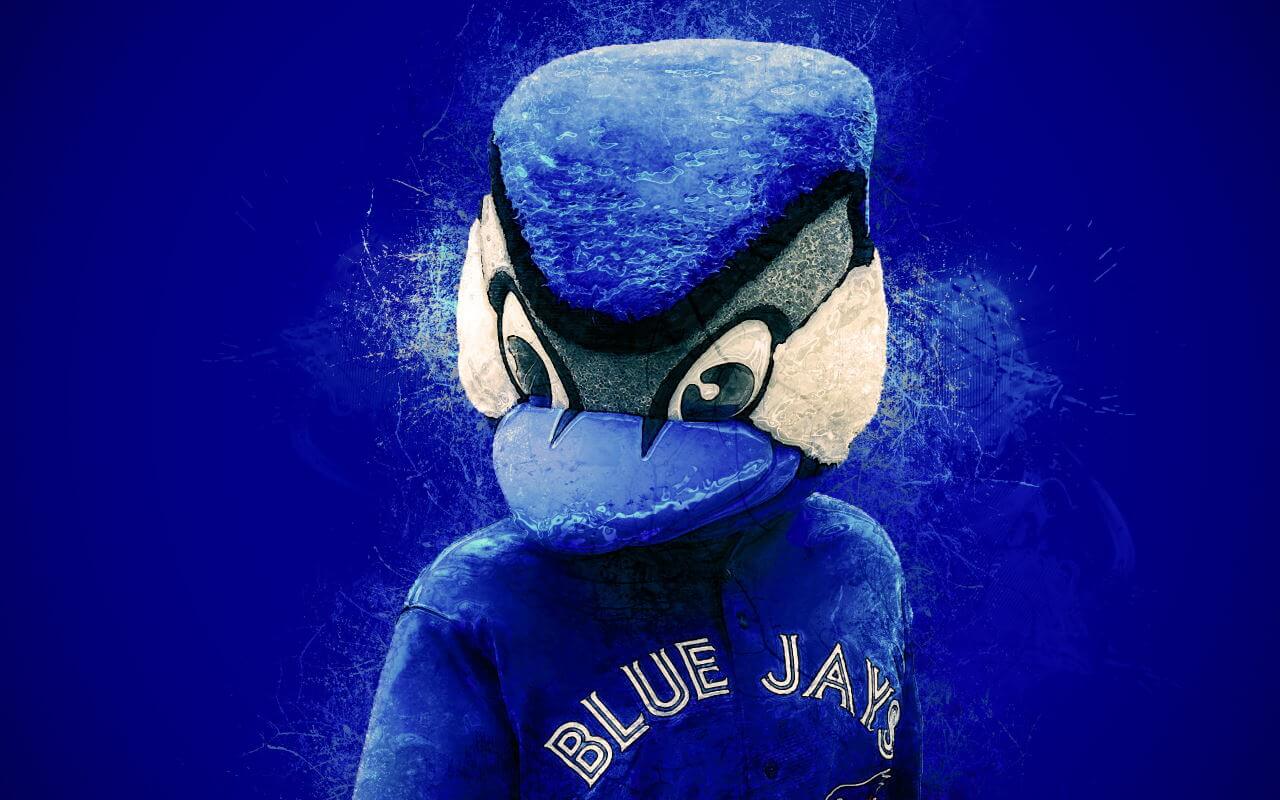The Canadians can be wacky at times. This time, they’ve gone the whole hog and threw plenty of mascots onto the field. Now that’s not a bad thing and it certainly makes for an interesting historical overview.
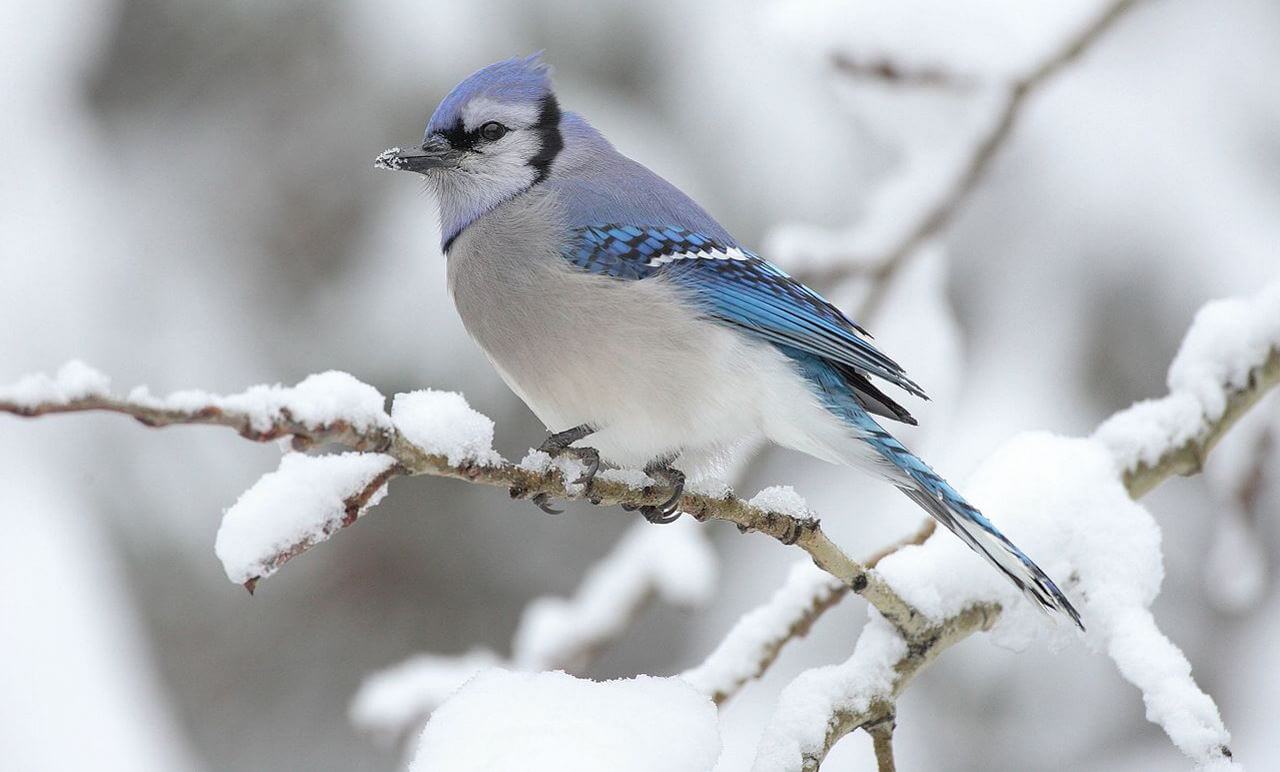
First of all, all of its mascots have been blue jays (Cyanocitta cristata for all the biologists among you) – the bird the team was named after. However, the color blue is also symbolic of Toronto since their other hockey and Canadian football teams (Maple Leafs and the Argonauts) have blue as their color. The original owners of the team (The Labatt Brewing Company) also made a beer called Labatt’s Blue.
The team was established in 1977, and after only two years it got its own mascot named BJ Birdy. He was a blue jay (D’oh) developed in conjunction with CHUM Limited, a TV network. This was done after a team from Montreal, the Expos, introduced a mascot earlier that year.
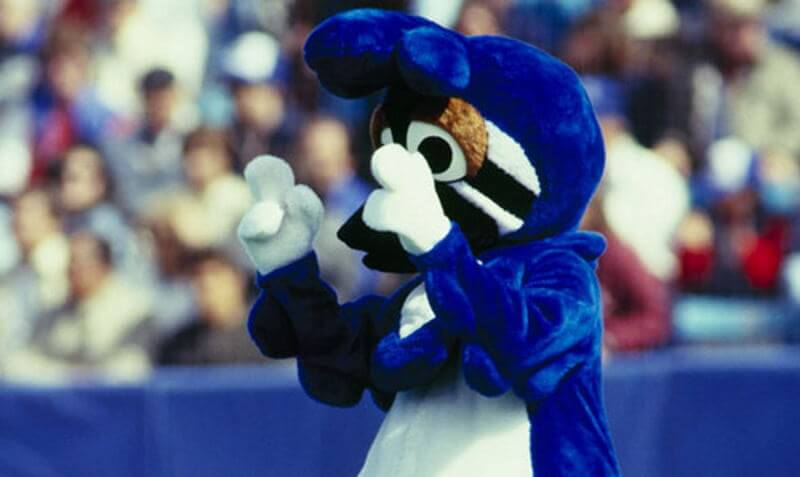
The first – and the only – person to wear the BJ Birdy uniform was Kevin Shanahan.
He wore the mascot uniform for 20 years, until 1999 when he was replaced by mascots Ace and Diamond. He worked as a theme park employee of Ontario Place, a Toronto theme park. He had already performed in a moose costume beforehand and applied to help create a mascot. The rest is history.
The BJ Birdy was a jovial character, and well-received by his fans. This was mostly because many of the gags and routines were made up on the spot.
The strike in the early 80’s would cost Shanahan about $7000 in the 1980’s. Adjusted for inflation, would be around $20 thousand. This likely wasn’t his whole salary, but he did take in about $110 per home game, but other outside performances paid extra as well.
Shanahan was a free spirit. He would often push the boundaries of what’s deemed acceptable, and he would get panned in the press for that. For example, he got ejected from the game in 1993 after making offensive gestures towards the umpire after arguing with him in a game versus the Minnesota Twins. Four years earlier, he also got ejected for making noise at the Dodgers’ dugout.
Fans used to complain and he knew the management were keeping an eye on him. He did state that the whole deal about being a mascot was ‘a balancing act’.
Shanahan’s dedication to the mascot can be illustrated with a single poignant example: He lost a few of his toes in 1991, but he somehow managed to miss only a single game of the season! He also created the BJ Birdy comic in 1985.
In 1999, the BJ Birdy was dropped. There are some speculations for why this happened. Some say Shanahan was due for a huge raise, while others claim BJ Birdy was Shanahan’s intellectual property, and the Blue Jays’ management did not take kindly to that. However, attendance to the home games sharply dropped at that time as well. The breakup was quite painful. Whatever the case, at the turn of the millennium we got two new mascots – Ace and Diamond.
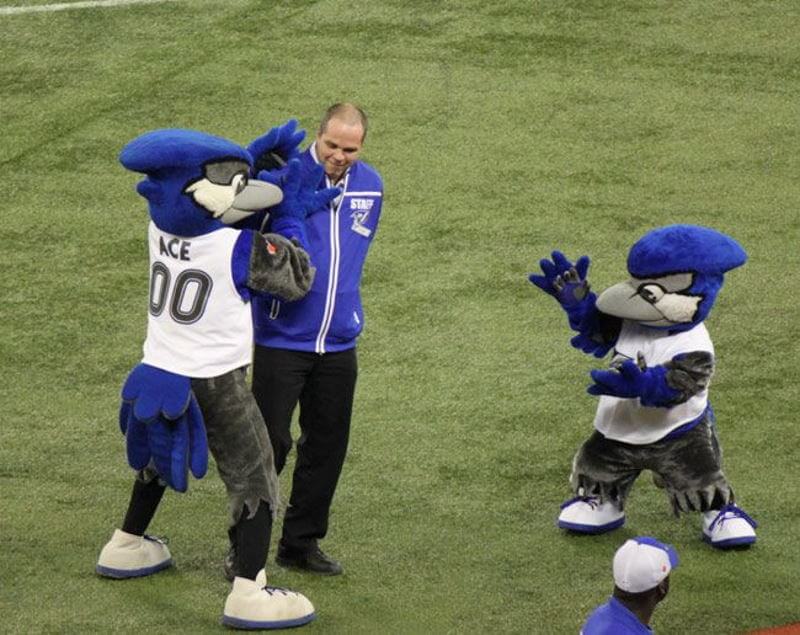
Yup, the Blue Jays decided to double down on their mascots and introduced two of them. As far as creativity goes, the team obviously considered that nothing comes even close to a blue jay, so that’s what we got again.
The names Ace and Diamond were chosen by A. McConnel, a local high-school student. Their original names were supposed to be Slider and Curveball. Obviously, Ace was a guy and Diamond was a girl, and their looks reflected that. Diamond had huge eyelashes and she could wink – the actor inside would press a button and the costume would wink. Their personalities were modeled after Jim Carrey and Goldie Hawn, due to their good-hearted nature with a propensity towards outlandish humor. Over 70 people applied to work as the new mascots.
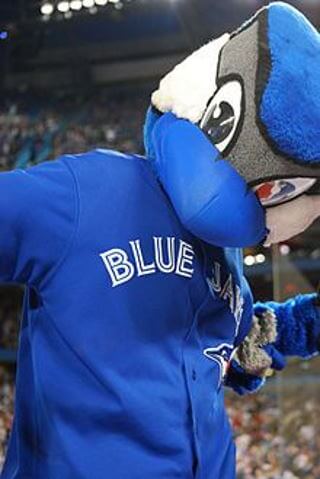
Three performers wore Diamond’s costume – Angelina Milanovic, Larissa Bathgate and Amanda Barker, who was the last to wear Diamond’s costume. She got the job in 2002. She was paid $100 per game. This was a bit unfair, as the performers of Ace were salaried. Diamond was phased out at the end of the 2004 season, on Dog Day. Ms. Barker later said it was the most interesting job she ever had. The crowd would go wild and she would often meet celebrities both from and outside of the world of baseball.
Ace has been a sole mascot of the Jays since 2004, however since 2011 he has been aided by a young blue jay – Ace’s brother called Junior, on Saturdays’ games. Ace wears a jersey with the number 0 on it, while Junior sports the number ½.
During the games, Ace dances on the dugouts, but he’s also roaming the stadium looking for fans to take pictures with and give high fives to. The kids absolutely ADORE him – and believe us, interacting with crowds of kids at a time is not an easy task. He assists in throwing the first pitch as well. The mascot is quite flexible and moves around since the costume is light compared to most other sports mascots.
The identity of the man wearing the Ace costume is a secret. We know, however, that Brennan Anderson played Ace from 2004 until 2009 and that the current performer was born in 1980. The performances have taken a toll on his body: torn joints, stitches, and even a fractured spine, to name a few! That’s why the mascot doesn’t attempt to perform acrobatic feats anymore – it’s simply too much of a health risk – things can get really ugly real fast.
Even though all their mascots have been blue jays, their mischiefs place the Toronto Blue Jays as one of the teams with the best mascots around. Plus, why change the winning formula? The mascots all look fantastic and the fans adore them. What more is there to wish for?

